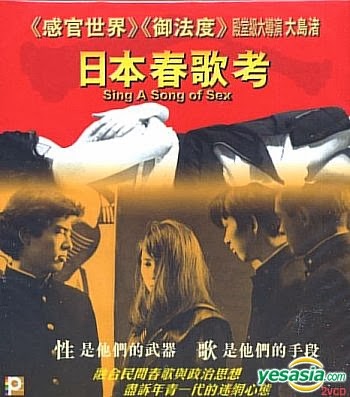Half the cast could be auditioning to play Captain Queeg in this fascinating, if only partially successful, peacetime military drama set in a Scottish Regiment facility. Alec Guinness, in galumphing form as acting head (it’s more of a Trevor Howard role), finds he can’t stomach his replacement, John Mills’ by-the-book commander (in the usual Guinness role). There’s a daughter and a wayward mistress for Guinness, plus various officer cliques, but the main action comes out of the mental mano-a-mano between Guinness & Mills, especially once Alec strikes a superior. In many ways the situation recalls one of John Ford’s Cavalry pics, like FORT APACHE/’48, but with the strengths & weaknesses of Henry Fonda’s martinet and John Wayne’s regular army guy ill sorted between these two. Get past the broad characterizations & verbiage of an opening act that plays like an untrimmed stage script, and the demands of rank & honor, along with seesawing personal sympathies will pull you in, letting the inevitable crack-ups make their dramatic mark.
SCREWY THOUGHT OF THE DAY: The DVD transfer on Criterion is a disappointment. Not only is there a nasty vertical blemish over much of the penultimate reel, but Arthur Ibbetson’s lensing shows inconsistent lighting levels, even within scenes. Ibbetson, the least gifted of the early British colour cinematographers (like Chris Challis, Jack Cardiff, Freddie Young, even this film’s director Ronald Neame), had a better outing on the previous Neame/Guinness film, THE HORSE’S MOUTH/’58.
DOUBLE-BILL: Guinness’s first film with Neame directing, THE PROMOTER/’52 (aka THE CARD), isn’t as well known as their later three films. But that Ealing Studios piece about a social climbing scamp (with delicious assists from Petulia Clark & Glynis Johns) is a total charmer.
































